Incabloc, A Look Behind The Scenes Of The Watch Industry
A historical supplier of the watch industry, crafting one small but crucial element of a watch, the shock absorber.
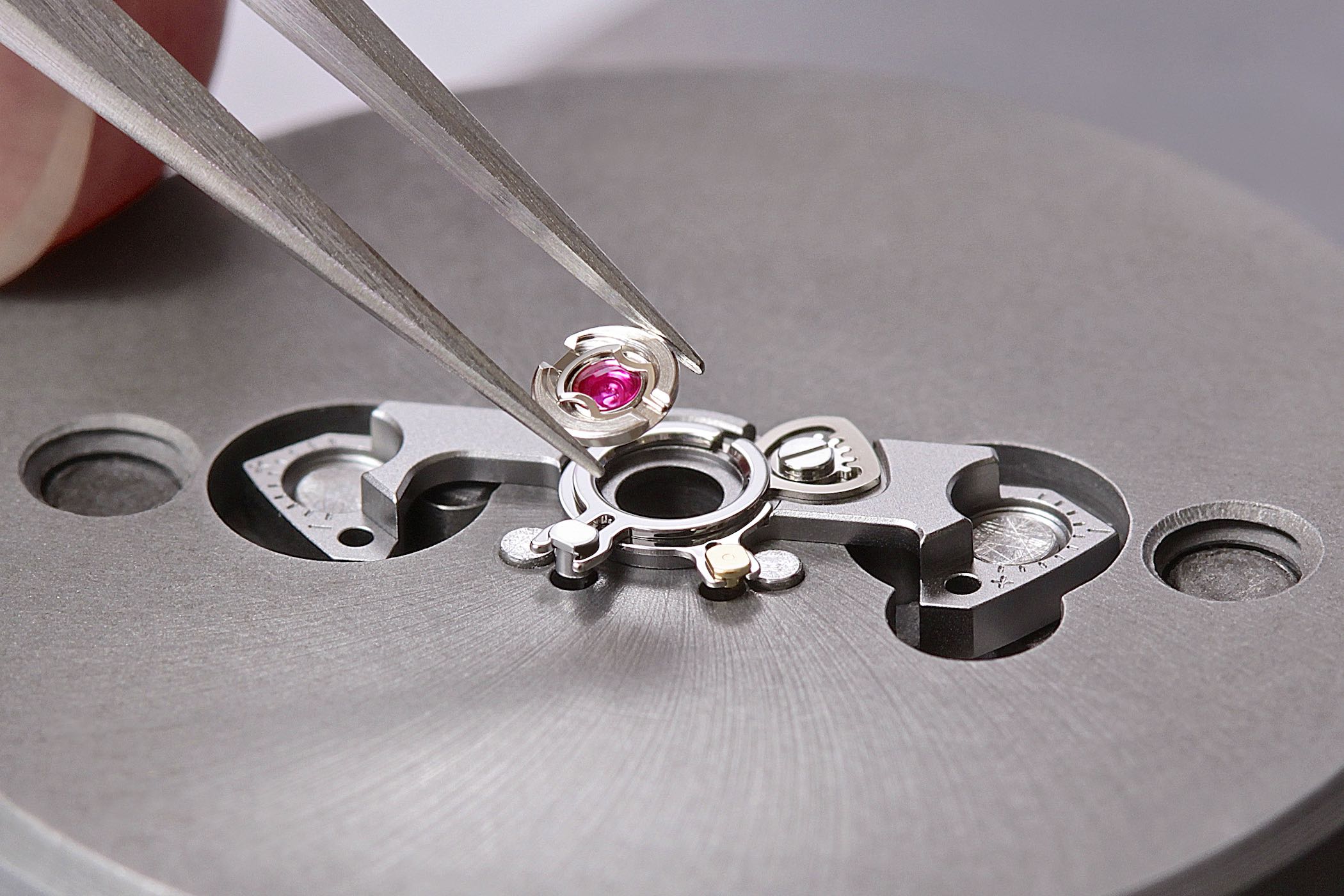
You may own an old watch that says “Incabloc” on its dial. This was rather common, back in the days. If the name is unknown by most of the people that are not into watches, there was a time when it was very popular. Back in the mid-20thcentury, the “Incabloc” trademark was a sign of quality and excellence for watches, to the point that brands would print it on their dials. Just like “Intel Inside” turned its name into a key criterion of purchase more recently…
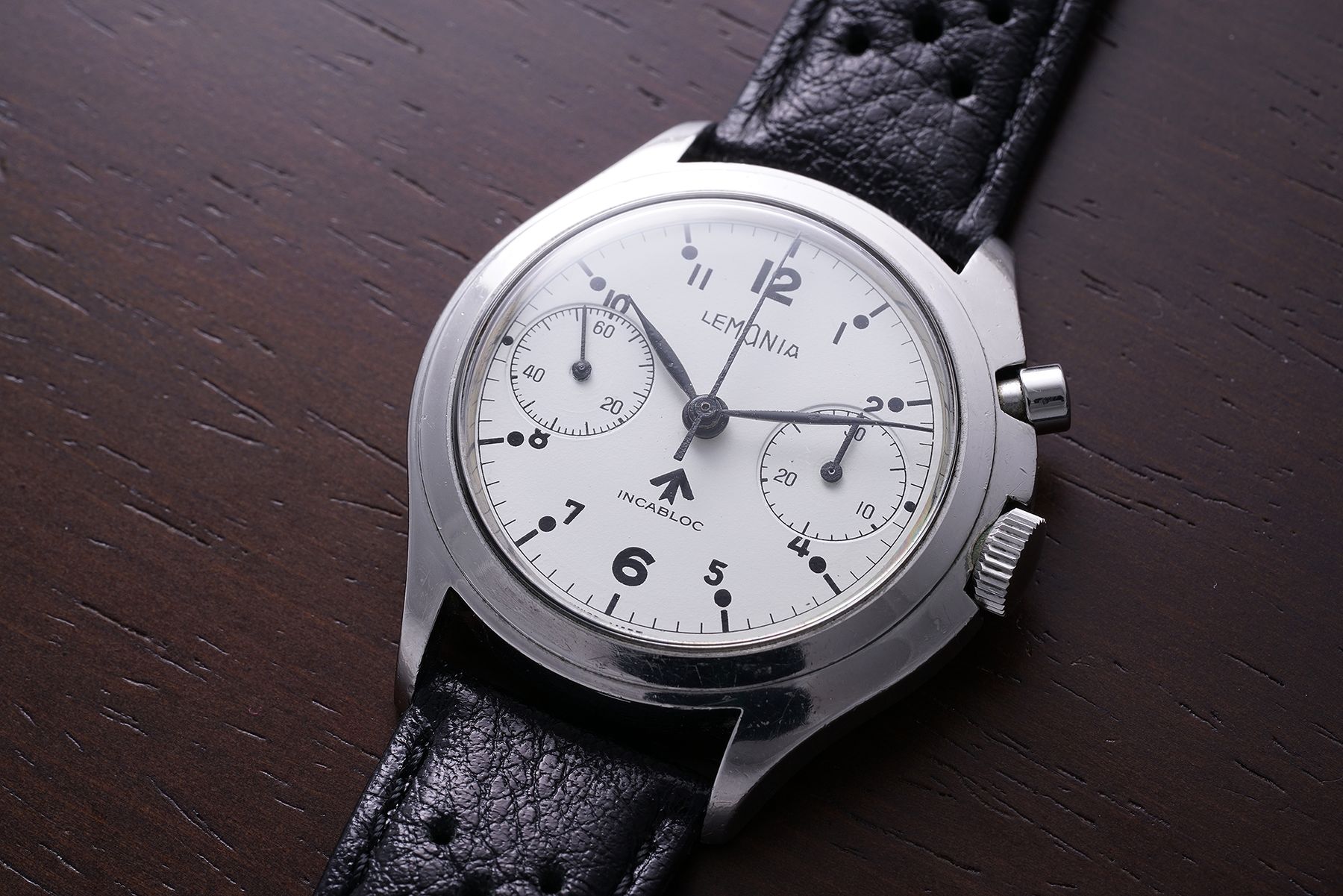
WHY SHOCK ABSORBERS
Incabloc is the historical company manufacturing shock absorbers. Even if this part looks small and light, the forces applied to the axis of wheels into movements are huge. For this reason, it is harmful to insert the axis of wheels directly in the main-plate or bridges of the movement – metal vs. metal frictions would ruin the movement rapidly. Therefore, jewels (rubies) are used as bearings to reduce friction at critical points, to improve the accuracy and durability of watches. One of the hardest materials after diamond, ruby does not wear and allows low friction with metal pivots. Read our technical guide on jewel bearings here, to know all about this other crucial part of a watch.

The pivots and jewel bearings of the balance wheel are especially fragile and these were often damaged under an impact. Dropping a watch on the floor often meant fatal damages. This lack of resistance was one of the major weaknesses and causes of repair for mechanical watches… until the invention of shock absorbers. With anti-shock systems, the jewels are mounted on springs allowing them to shift in their setting, in order to absorb radial, axial or diagonal shocks. The system re-centres instantly and perfectly the axis of wheels.
The newly developed shock absorbers allowed improving drastically the long-term precision and reliability of watches, avoiding numerous failures. To the point that the shock absorber became a mandatory component of any watch equipped with a Swiss lever escapement – meaning 99.99% of the watches. Printing Incabloc on the dial became a sign of quality for watches (with the number of jewels). The Incabloc name, therefore, gained immense popularity in the mid-20th century.
However, Incabloc was not originally a company but rather a product. The invention was patented in 1929 by Fritz Marti who had imagined this system based on “mobile balance-staff jewels”. In 1931, together with Georges Braunschweig (whose family owned Fabrique Election SA), he established Porte-Echappement Universel SA, better known since 1963 as Portescap SA, in La Chaux-de-Fonds. On March 1933, Portescap patented a more elaborate system with a cone-shaped construction, which allowed absorbing both lateral and axial shocks with one single spring. It was registered under the Incabloc trademark.
In 1935, 300,000 Incabloc devices were delivered. In the early 1970s, no less than 36 millions of these shock absorbers were manufactured per year! This exponential development was supported by an advertising strategy initiated during the 1940s to create a global awareness and demand for this token of a fine watch!
THE QUARTZ CRISIS AND THE BEGINNING OF A NEW ERA
During the 1970s, the new, accurate quartz watches gained popularity and plunged the Swiss watch industry in a deep crisis. With the advent of the electronic watch, the need for shock absorbers to protect balance shafts almost disappeared. Portescap decided to sell its Incabloc division. In 1988, Eric Zutter started a new company, Incabloc SA, preserving and re-developing crucial skills and know-how. In 1992, his son Wilfried took over. With the revival of the mechanical watch, demand climbed up fast.
Since then, the company grew and decided to verticalize integrating activities such as precision bar turning (Demhosa) or jewels production (Robellaz) for more flexibility and quality control over these critical activities. New products are also manufactured in particular adjustment indexes. With it, Incabloc is able to develop and to deliver dedicated adjustment systems uniting the shock absorber, adjustment index and balance-cock as a functionally-coherent entity. The company renovated its machine park and invested into several product innovations and into the improvement of its quality (in particular with the support of Pr. Jacot from EPFL).
THE COMPETITORS
There are a few other shock absorber manufacturers. Incabloc’s main competitor is KIF Parechoc. It was founded in 1944 and it is now part of the Acrotec Group. Similar systems are also produced by other manufacturers such as ETA (Etachoc for ETA movements) or Rolex (Paraflex for Rolex movements) for their own needs. Outside Switzerland, Seiko and Citizen manufacture their own shock absorbers (respectively Diashock and Parashock).
For more information, please visit www.incabloc.ch.

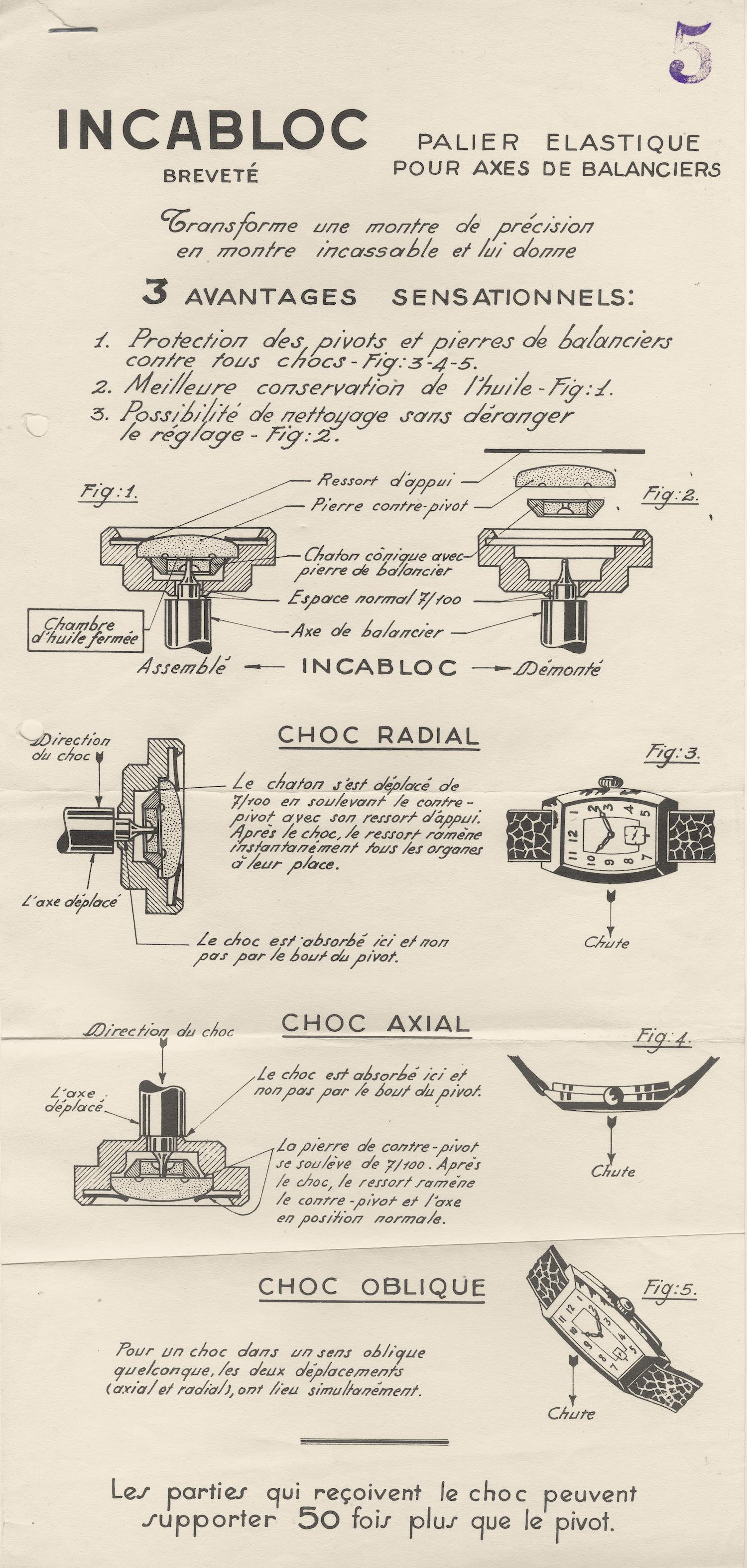
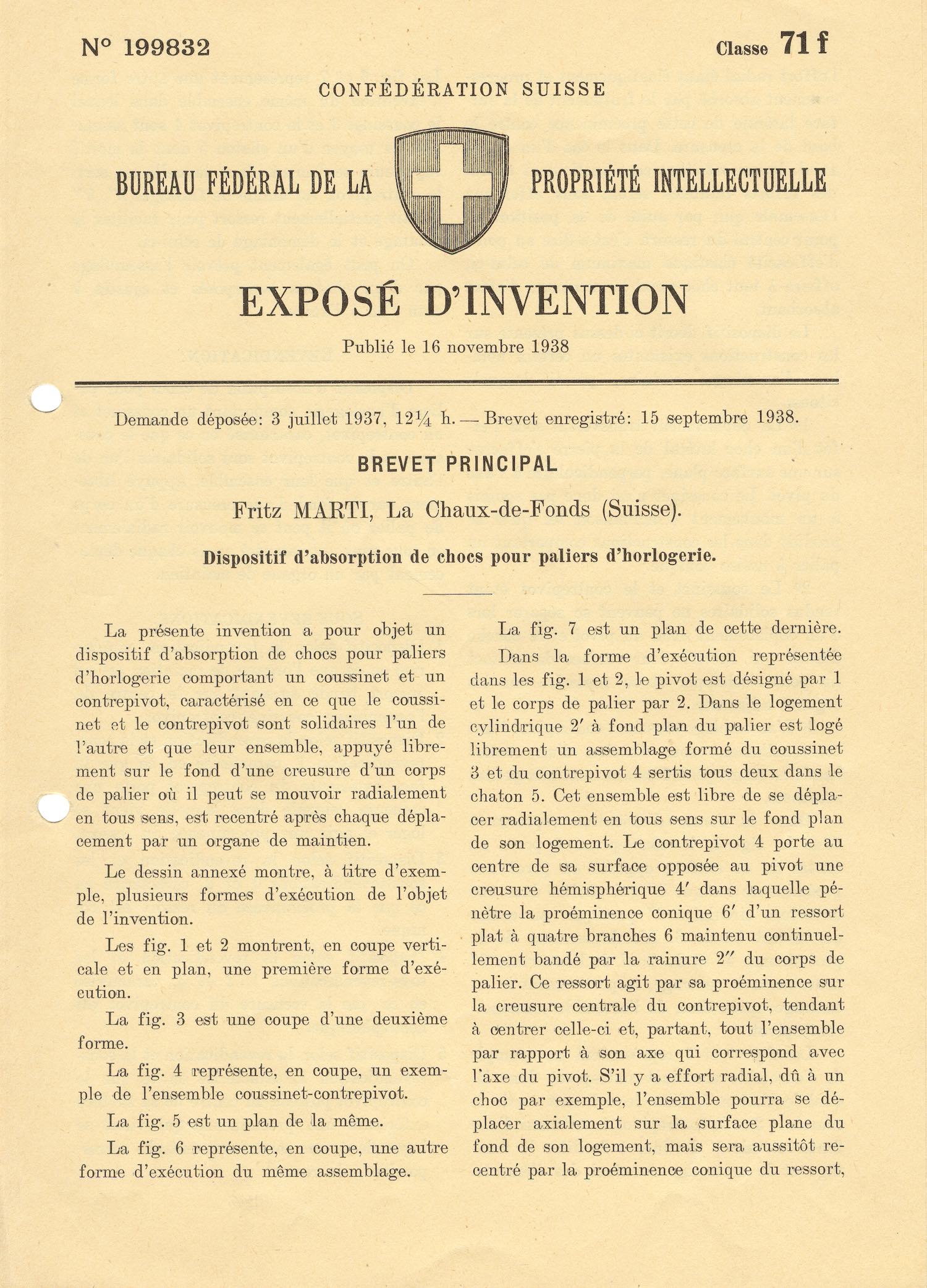


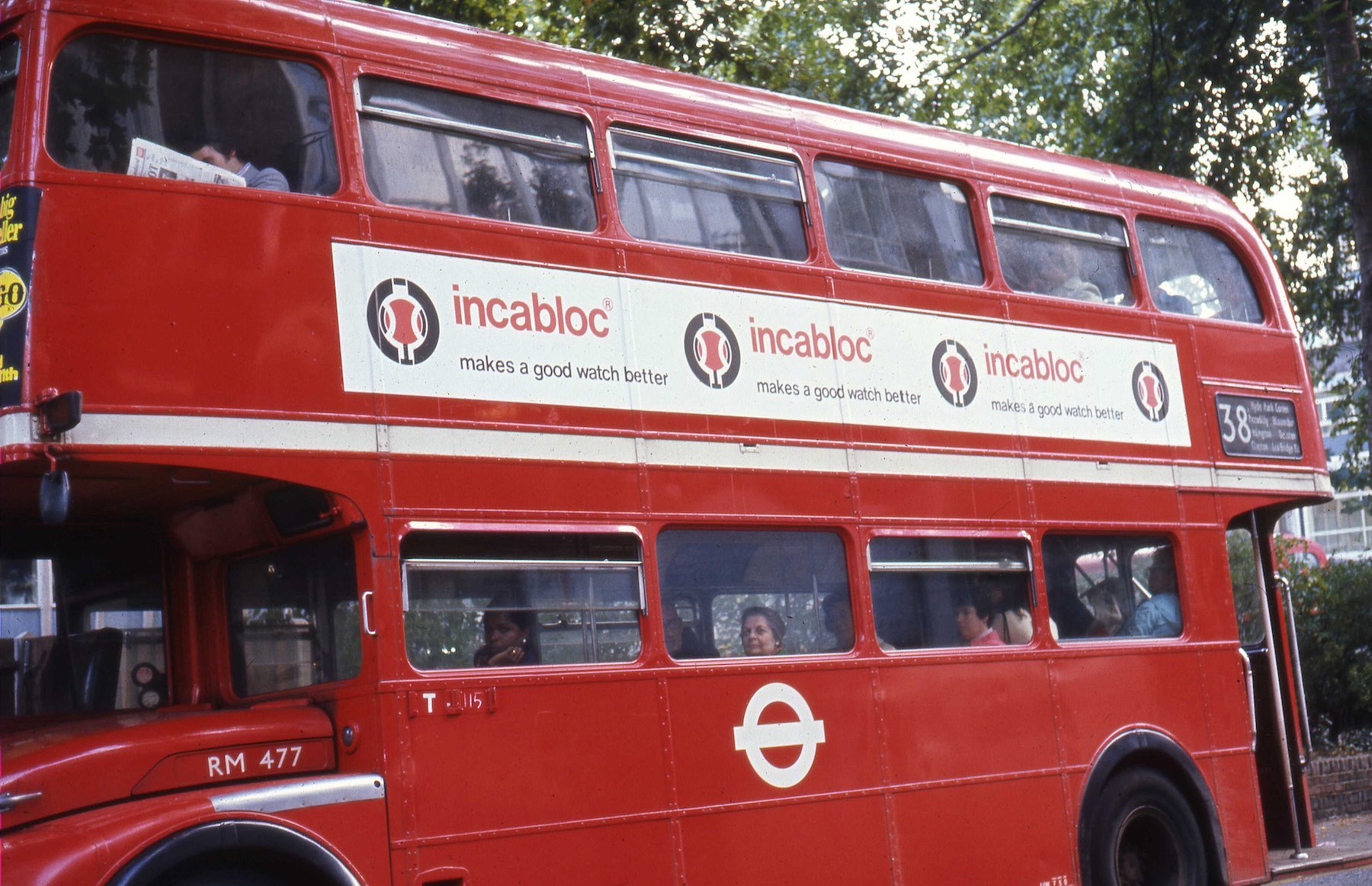

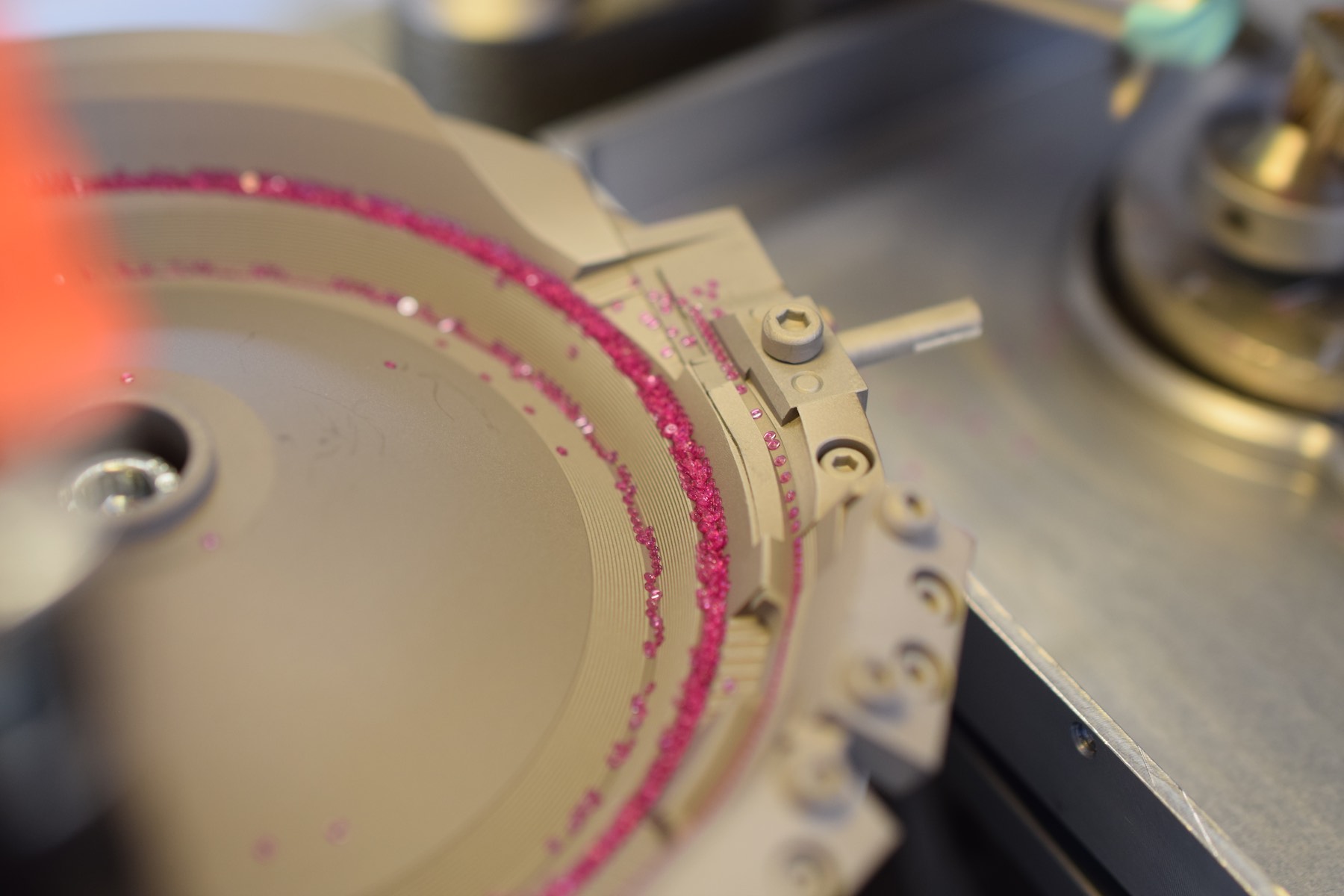
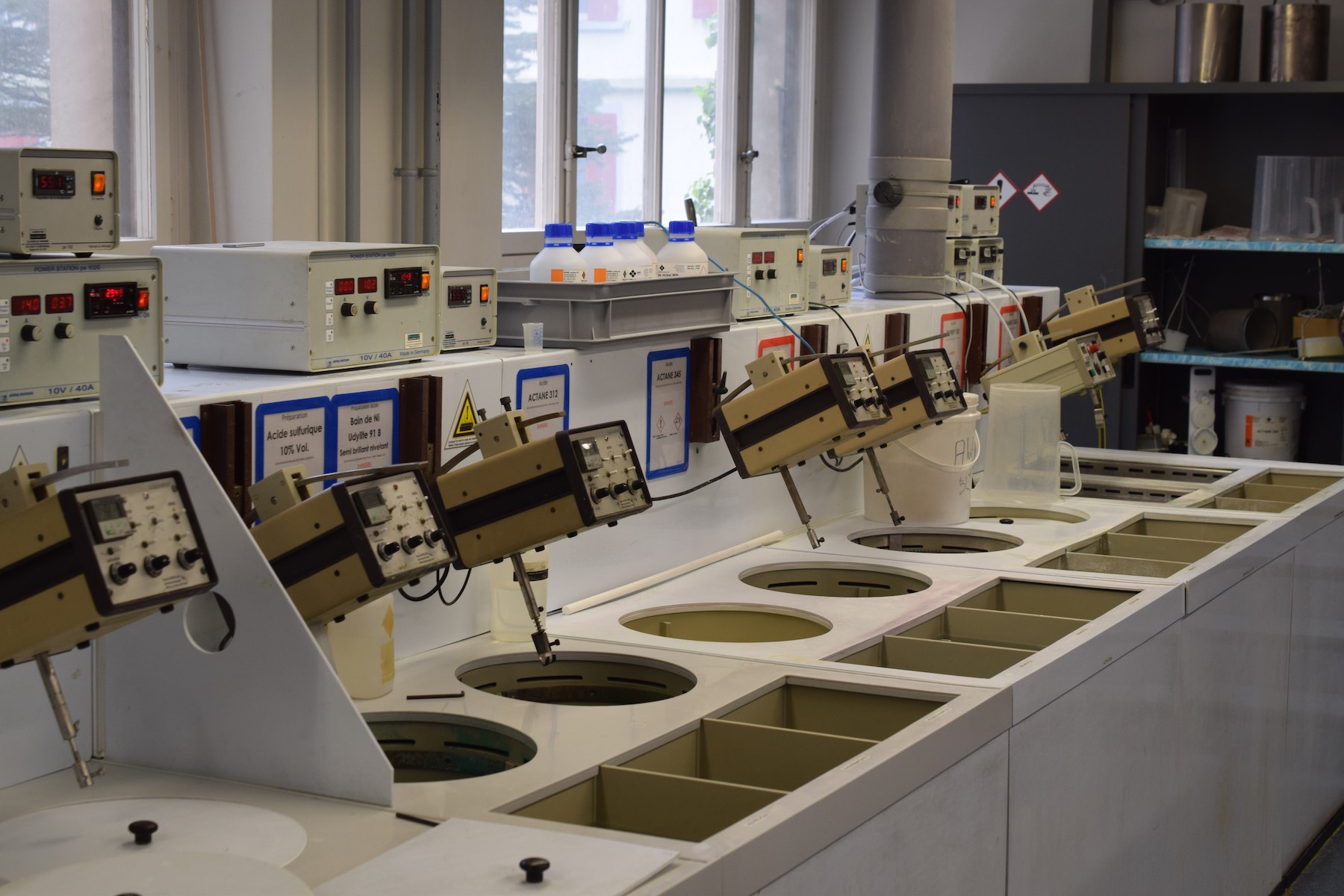
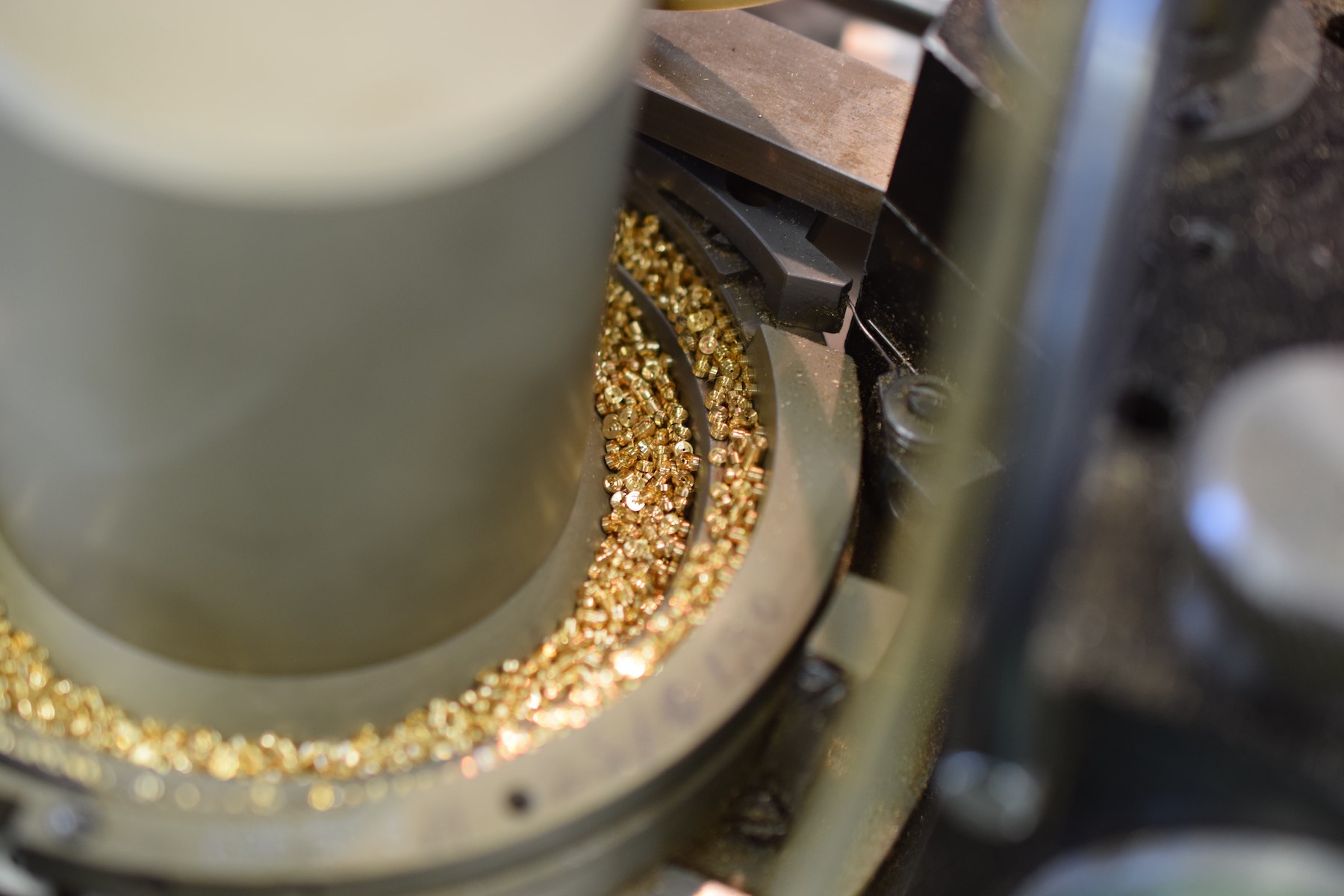




3 responses
Tenemos la tecnología en nuestras manos para poder tener relojes más fiables y precisos a un precio inmejorable, otro producto a eliminar son los rubis.
Estoy encantado de adquirir relojes con estos acabados.
Gracias.
Please note that these are shock protectors, not shock absorbers, since there is no damping involved.
I have a PATLIN watch that’s very old with incabloc technology. Anyone have a idea its value